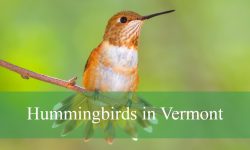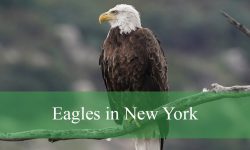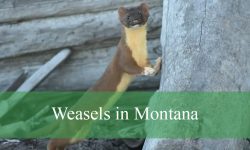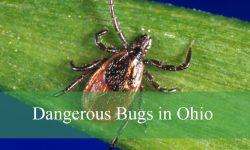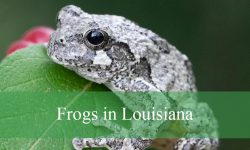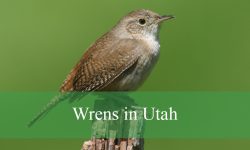Minnesota hosts a variety of fascinating squirrel species, each with unique behaviors and habitats. From urban parks to dense forests, these agile creatures are an integral part of the state’s wildlife.
Tree squirrels like the Eastern Gray and Fox Squirrel are commonly spotted throughout the year, while ground squirrels and flying squirrels provide a more elusive glimpse of Minnesota’s diverse ecosystems. Observing their behavior reveals their feeding habits, nesting patterns, and role in the environment.
This guide highlights 8 squirrel species in Minnesota, complete with identification details, habitat preferences, and tips for the best viewing opportunities for enthusiasts and casual observers alike.
Types of Squirrels Found in Minnesota
Eastern Gray Squirrel (Sciurus carolinensis)
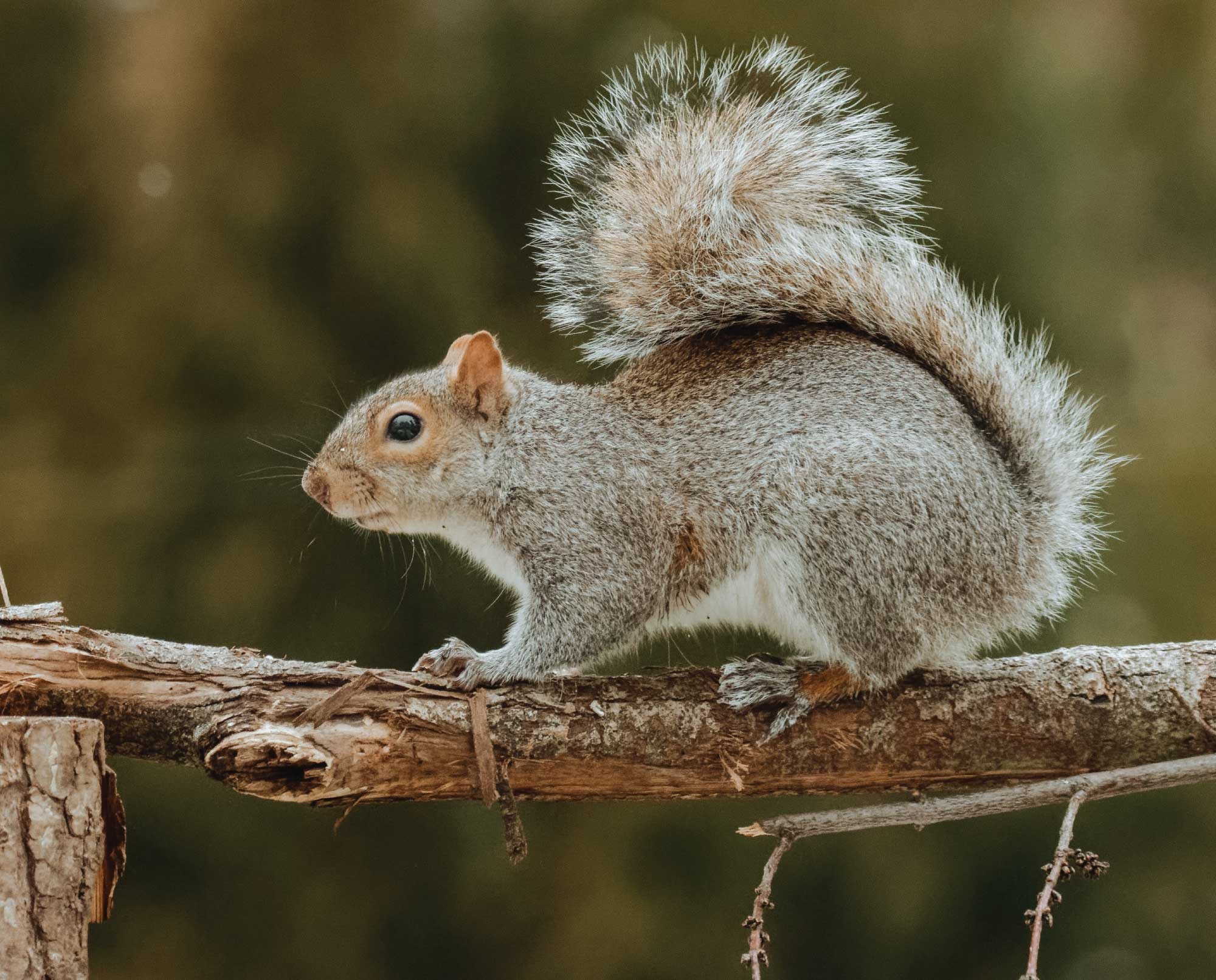
The Eastern Gray Squirrel is a medium-sized tree squirrel commonly seen throughout Minnesota, particularly in urban and suburban areas. Its fur is predominantly gray with occasional brown tones, while the underside is usually white or light gray. The bushy tail is a prominent feature, helping with balance and communication.
Adults typically measure 9 to 12 inches in body length with a tail spanning 7 to 10 inches. They weigh between 14 and 21 ounces. The size and bushy tail make them easily recognizable compared to smaller species like the American Red Squirrel.
Behaviorally, Eastern Gray Squirrels are diurnal and highly active during the day. They are agile climbers and jumpers, often seen navigating tree branches or foraging on the ground for nuts, seeds, and berries. They are known to hoard food for winter, burying nuts in multiple locations.
Eastern Gray Squirrels are highly adaptable, inhabiting hardwood forests, city parks, and residential neighborhoods. They build dreys, or leaf nests, in tree branches, and may also take shelter in abandoned woodpecker holes. Their presence in urban areas often leads to interactions with humans, especially around bird feeders.
These squirrels play a crucial ecological role by dispersing seeds, particularly oak acorns and hickory nuts. Despite being common, their adaptability has allowed them to thrive even with habitat changes. Predators include hawks, owls, foxes, and domestic cats, making vigilance and agility essential for survival.
Fox Squirrel (Sciurus niger)
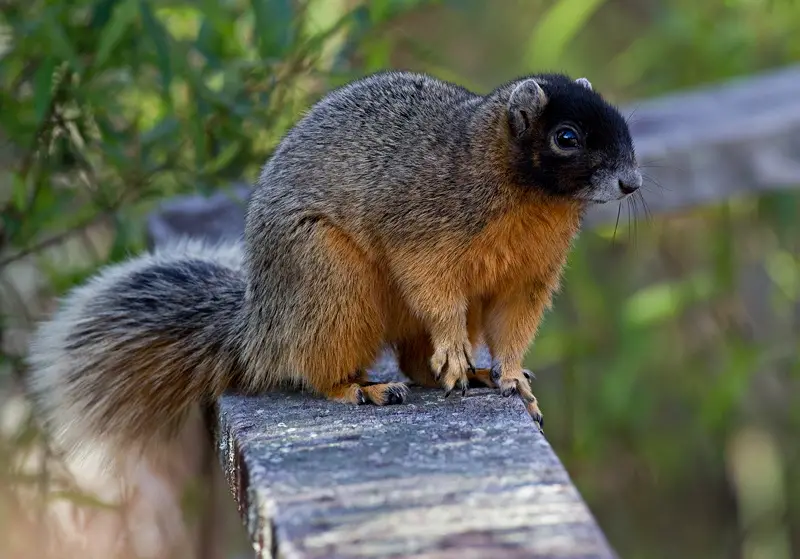
The Fox Squirrel is the largest tree squirrel in Minnesota, easily distinguished by its reddish-brown fur, sometimes mixed with gray, and a large bushy tail. Its coloration can vary across regions, but the size and robust build are consistent identifiers.
Adult Fox Squirrels range from 10 to 15 inches in body length, with a tail of 9 to 12 inches. They can weigh up to 2.5 pounds, noticeably heavier than the Eastern Gray Squirrel. The combination of size and reddish coloration makes them visually striking in wooded areas.
Fox Squirrels are primarily diurnal and exhibit high levels of energy and curiosity. They are skilled climbers but are also comfortable foraging on the ground. Their diet mainly includes acorns, nuts, seeds, fruits, and occasionally insects. They are known to bury nuts in multiple locations to retrieve later.
Habitat-wise, Fox Squirrels prefer open woodlands with scattered trees, especially oak or hickory forests. They also adapt well to agricultural lands and suburban settings, often nesting in tree cavities or constructing large leaf nests. They tend to be less aggressive than Eastern Grays but are equally cautious around humans.
Ecologically, they contribute to seed dispersal and forest regeneration. Predators include hawks, owls, coyotes, and raccoons. Their large size and robust build help them evade some smaller predators, but vigilance is always necessary.
American Red Squirrel (Tamiasciurus hudsonicus)
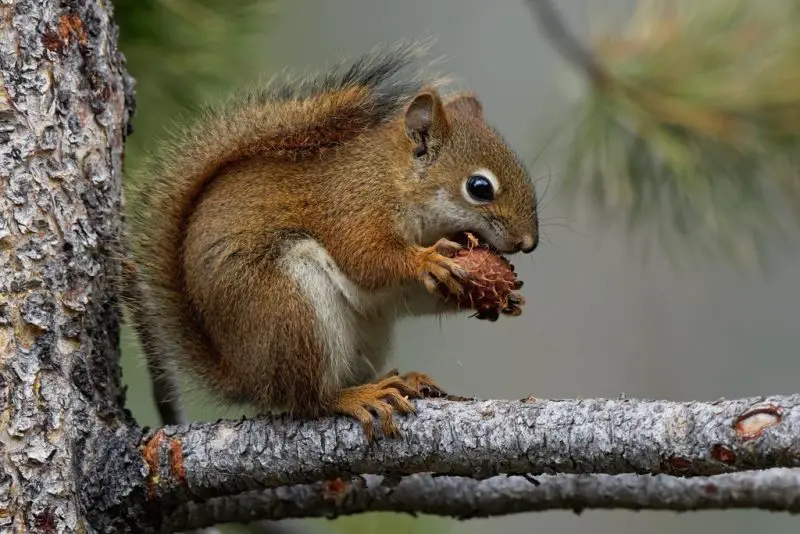
The American Red Squirrel is a smaller, more territorial tree squirrel with a reddish-brown coat and white underbelly. Its size, aggressive behavior, and distinctive vocalizations make it easy to identify, especially in coniferous forests.
Adults measure 7 to 9 inches in body length, with tails of 5 to 8 inches, and weigh 5 to 9 ounces. Compared to larger tree squirrels, the Red Squirrel appears compact and alert, with sharp features and a bushy tail that is often flicked when threatened.
Behaviorally, Red Squirrels are diurnal and highly vocal. They defend their food caches aggressively, emitting warning barks and chasing intruders. Their diet mainly includes conifer seeds, berries, fungi, and occasionally bird eggs. They cache seeds in small middens for winter survival.
American Red Squirrels prefer coniferous or mixed forests, especially those dominated by spruce, pine, or fir. They construct nests in tree cavities or leaf nests in branches. They are less frequently found in urban areas due to their territorial nature and dependence on conifer seeds.
These squirrels play a vital role in forest ecosystems by dispersing seeds and aiding in tree regeneration. Their aggressive territorial behavior helps control population density. Predators include hawks, weasels, and larger mammals, requiring constant alertness.
Northern Flying Squirrel (Glaucomys sabrinus)
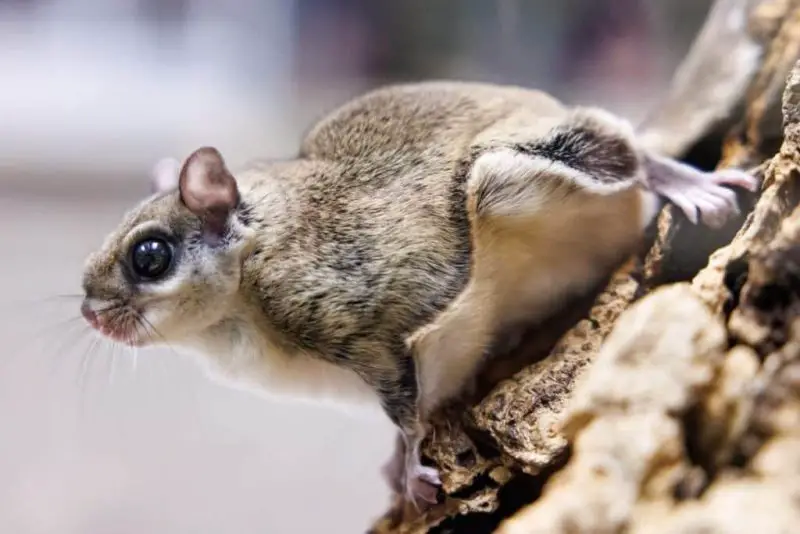
The Northern Flying Squirrel is a nocturnal, medium-sized squirrel known for its gliding ability. Its fur is soft and grayish-brown with a lighter belly. Unlike tree squirrels, it rarely hops on the ground and primarily moves between trees using a gliding membrane called the patagium.
Adults measure 9 to 10 inches in body length, with a 7 to 9-inch tail, and weigh about 3 to 5 ounces. Its large, dark eyes and flattened tail assist in navigation and balance while gliding. Its small size and nocturnal habits make it elusive and rarely seen during the day.
Behaviorally, this species is strictly nocturnal. It glides up to 150 feet between trees to find food or escape predators. Its diet includes nuts, seeds, fungi, lichens, fruits, and occasionally bird eggs. They store food in tree cavities and rely on mature forests for shelter.
Northern Flying Squirrels inhabit mature coniferous and mixed forests with dense canopy cover, providing safe gliding routes. They nest in tree cavities, abandoned woodpecker holes, or build leaf nests. Their dependence on mature forests makes them sensitive to logging and habitat fragmentation.
Ecologically, Northern Flying Squirrels help spread fungi and seeds essential for forest health. Predators include owls, hawks, and snakes. Their nocturnal lifestyle and gliding ability provide effective strategies for avoiding predation, while their secretive behavior makes them a unique component of Minnesota’s wildlife.
Southern Flying Squirrel (Glaucomys volans)
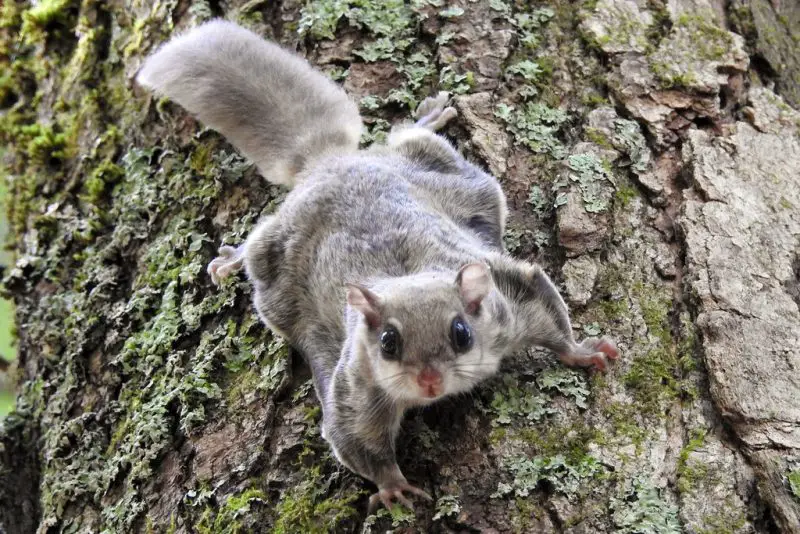
The Southern Flying Squirrel is a small, nocturnal squirrel distinguished by its soft gray-brown fur, lighter underbelly, and large dark eyes. Like its northern counterpart, it glides using the patagium, a membrane stretching between its limbs, enabling silent movement between trees.
Adults measure 7 to 9 inches in body length, with a tail of 5 to 7 inches, and weigh approximately 2 to 3 ounces. Its compact size, large eyes, and flattened tail are adaptations for nocturnal navigation and gliding. It is noticeably smaller than the Northern Flying Squirrel.
Behaviorally, the Southern Flying Squirrel is active at night and tends to live in social groups, unlike most solitary squirrel species. Its diet includes nuts, seeds, fungi, fruits, and occasionally bird eggs. They store food in tree cavities or nest boxes for winter survival.
This species prefers deciduous or mixed forests with mature trees that offer cavities or nesting sites. They are more common in southern Minnesota, especially near oak, hickory, and beech forests. Their nocturnal habits make them less visible, even in areas where they are abundant.
Southern Flying Squirrels play a key ecological role by dispersing fungi and seeds. Predators include owls, snakes, and domestic cats. Their social behavior, nocturnal activity, and gliding ability help them evade predators and thrive despite human disturbance.
Thirteen-lined Ground Squirrel (Ictidomys tridecemlineatus)
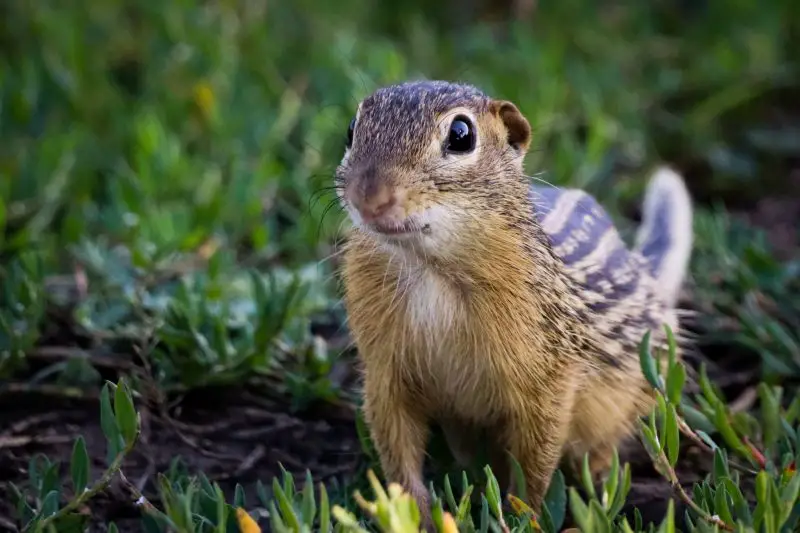
The Thirteen-lined Ground Squirrel is a small diurnal rodent easily recognized by its 13 alternating light and dark stripes running along its back. Its fur is brownish-tan with white or yellowish stripes, and it has a slender build suited for burrowing.
Adults measure 7 to 10 inches in length, including the tail, and weigh between 3 and 5 ounces. Its striped pattern and small size make it easy to identify compared to larger ground-dwelling rodents.
Behaviorally, it is active during the day, foraging for seeds, insects, and small plants. It hibernates in burrows during winter, often in large communal systems with multiple tunnels and chambers. This squirrel is highly alert and quick to dart back to its burrow when threatened.
Thirteen-lined Ground Squirrels inhabit grasslands, prairies, and open fields throughout Minnesota. Their burrowing activity aerates the soil, creating habitats for other small animals. They rarely climb trees and are almost exclusively terrestrial.
They play an important ecological role in grassland ecosystems by controlling insect populations and dispersing seeds. Predators include hawks, foxes, snakes, and weasels. Their striped pattern provides camouflage in grassy habitats, helping them avoid detection.
Franklin’s Ground Squirrel (Poliocitellus franklinii)
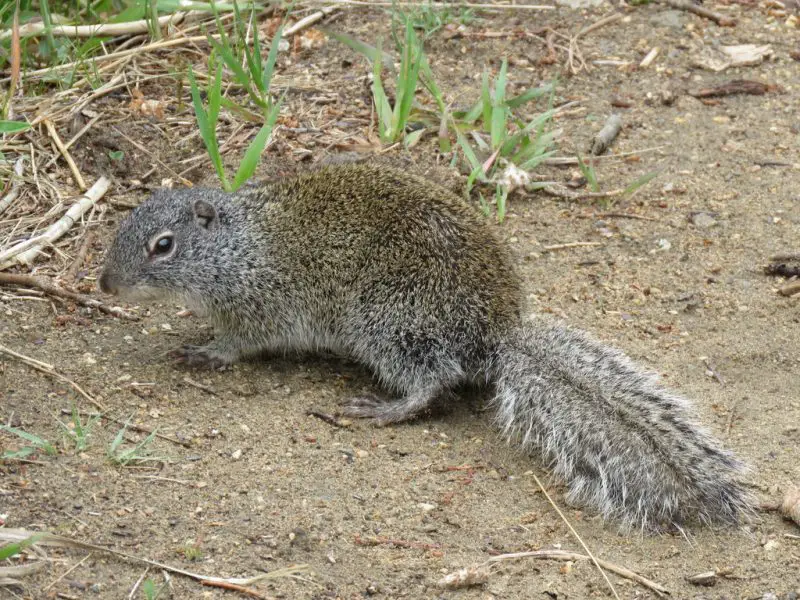
Franklin’s Ground Squirrel is a medium-sized ground squirrel with gray-brown fur and scattered lighter spots along its back. It has a stout body, short limbs, and a relatively short tail, giving it a compact appearance adapted for burrowing.
Adults range from 9 to 11 inches in length, with a tail of 3 to 4 inches, and weigh about 6 to 9 ounces. Its stocky build differentiates it from the smaller Thirteen-lined Ground Squirrel, and its subtle spotting is a key identification feature.
Behaviorally, Franklin’s Ground Squirrel is diurnal and spends most of its time foraging in tallgrass prairies for seeds, plants, and insects. It constructs burrows with multiple entrances and chambers for nesting, storage, and hibernation during the winter.
This species is primarily found in southeastern and southwestern Minnesota, preferring undisturbed prairies and grassy fields. Habitat loss due to agriculture has made it less common than other ground squirrels. It generally avoids forested areas and is rarely seen in urban environments.
Franklin’s Ground Squirrels contribute to prairie ecosystem health by aerating soil and dispersing seeds. Predators include hawks, foxes, and coyotes. Their secretive nature, combined with burrowing habits, helps them avoid many predators, though habitat fragmentation remains a major threat.
Richardson’s Ground Squirrel (Urocitellus richardsonii)
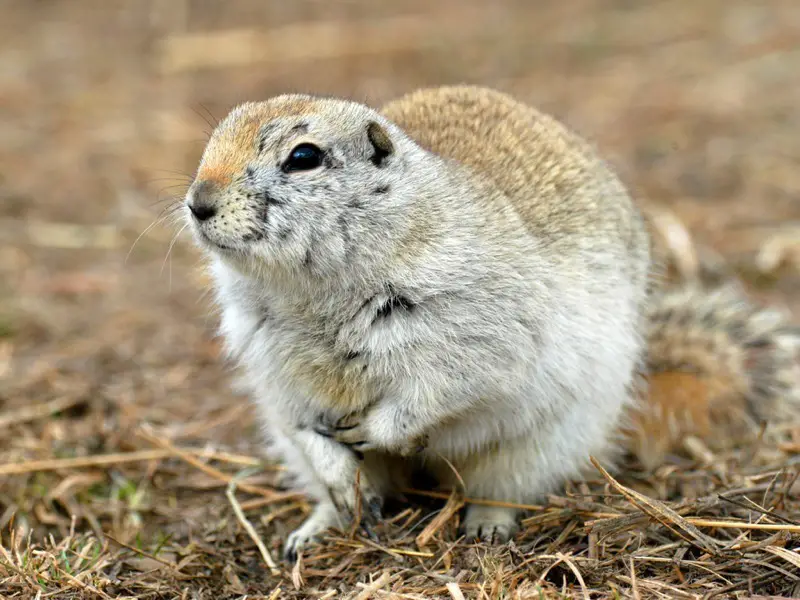
Richardson’s Ground Squirrel, also known as the “flickertail,” is a medium-sized, diurnal rodent with brownish-gray fur and a lighter belly. It is known for its quick movements and characteristic tail flicking when alarmed.
Adults measure 8 to 12 inches in length, including a 3 to 4-inch tail, and weigh around 7 to 12 ounces. Its stout body and short legs are adapted for digging extensive burrow systems. Its size and tail behavior make it easily distinguishable from other ground squirrels.
Behaviorally, Richardson’s Ground Squirrels are active during the day, often seen foraging for seeds, grains, and insects. They live in complex burrow networks with multiple entrances and hibernation chambers for winter months. They are highly social and use vocal alarms to warn others of predators.
These squirrels prefer open grasslands, pastures, and prairies, especially in western Minnesota. They avoid dense forests but thrive in areas with loose soil suitable for digging. They may also inhabit agricultural fields, which can lead to conflicts with humans.
Richardson’s Ground Squirrels are important ecosystem engineers, aerating soil and serving as prey for hawks, owls, foxes, and coyotes. Their burrows also provide shelter for other small animals, highlighting their role in maintaining grassland biodiversity.
Best Time and Places to Observe Squirrels in Minnesota
Squirrels in Minnesota can be observed throughout the year, but certain seasons offer better opportunities depending on the species. Spring and early summer are ideal for watching tree squirrels like Eastern Gray and Fox Squirrels, as they are actively building nests, foraging for young, and moving around their territories. Late summer and early fall are prime times to see them collecting and caching nuts for winter.
Ground squirrels such as the Thirteen-lined, Franklin’s, and Richardson’s become highly visible in late spring through summer when their burrows are active. These species are diurnal, so mornings and late afternoons offer the best viewing opportunities when they forage and sunbathe near their burrow entrances.
Flying squirrels, both Northern and Southern species, are nocturnal and more challenging to observe. Nighttime surveys with a flashlight in mature forests or near known nesting areas increase your chances. Observing signs like leaf nests or tree cavities can also indicate their presence during the day.
Urban and suburban parks, wooded backyards, and nature reserves are great places to spot Eastern Gray and Fox Squirrels. Coniferous or mixed forests, especially in northern Minnesota, provide habitat for Red Squirrels and Northern Flying Squirrels. Grasslands, prairies, and farmlands are prime locations for ground squirrels, particularly Richardson’s and Thirteen-lined species.
Minnesota state parks such as Itasca State Park, Whitewater State Park, and Sherburne National Wildlife Refuge offer excellent habitats for multiple squirrel species. Binoculars, quiet observation, and patience greatly improve your chances of seeing them in their natural behavior.
FAQs about Squirrels in Minnesota
What are the most common squirrel species in Minnesota?
The most common species include Eastern Gray Squirrel, Fox Squirrel, American Red Squirrel, and Thirteen-lined Ground Squirrel. Each occupies different habitats ranging from urban areas to forests and grasslands.
Are Minnesota squirrels dangerous to humans?
Squirrels are generally not dangerous. They may bite if cornered or handled, but they rarely pose a serious threat. Some squirrels can carry parasites, so direct contact should be avoided.
Can I feed squirrels in Minnesota parks?
Feeding squirrels is discouraged because it can lead to dependency, aggressive behavior, and health issues. Observing them without feeding helps maintain their natural foraging behavior.
When is the best time to see flying squirrels?
Flying squirrels are nocturnal, so nighttime is the best time to observe them. Using a flashlight in mature forests near tree cavities or leaf nests increases your chances of spotting them.
Do squirrels hibernate in Minnesota?
Tree squirrels like Eastern Gray and Fox Squirrels remain active year-round but may reduce activity in winter. Ground squirrels, including Thirteen-lined, Franklin’s, and Richardson’s, hibernate during the cold months to conserve energy.
Where can I see the largest squirrels in Minnesota?
Fox Squirrels are the largest tree squirrels in Minnesota and are often found in open woodlands, suburban parks, and forest edges. They are more common in southern and central parts of the state.

